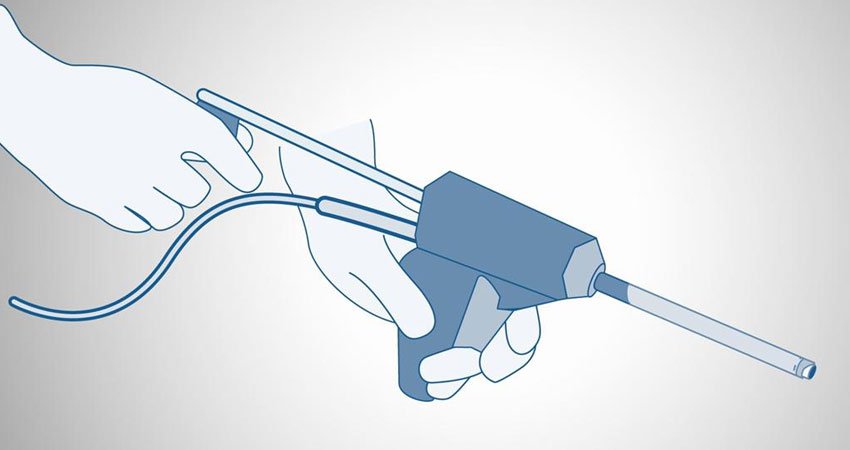World’s Largest Fibroid…
A 53-year-old Malay woman living in Singapore recently grabbed international headlines when it was discovered that she was carrying a 61-pound tumor in her uterus. It was reported that the tumor—a uterine fibroid—had first appeared in the woman’s uterus many years before. This just might be the World’s largest fibroid.
What are Uterine Fibroids?
Uterine fibroids are non-cancerous tumors; in fact, they are the most common pelvic tumor for women to be diagnosed with. They are especially prevalent amongst post-menopausal women aged 50 and over. Fibroid symptoms may include: long and heavy periods, pelvic pain, frequent urination, and constipation. However, most women never suspect they have a uterine fibroid until their doctor discovers one during a routine checkup.
Emergency Hospital Visit
This was not the case for the (unnamed) Malay woman, who stayed home and suffered for too long, apparently avoiding a doctor visit because she was afraid of surgery. By the time she finally arrived at the KK Women’s and Children’s Hospital in Singapore, complaining that she had been struggling to breathe for six months, she was also bedridden and unable to move. What her doctors found upon examining her came as a shock—the mass in the woman’s uterus had grown to 61 pounds or roughly the size of the average second grader.
Giant Fibroids
According to one report, extremely large uterine fibroids (more than 25 pounds) are rare even among the “giant fibroid” class. This is because a doctor usually detects them during routine examinations, or else the patient complains of symptoms before they can grow to that exaggerated size.
Uterine Fibroid Growth
The sizes of uterine fibroids can range from “undetectable” to the human eye to big, bulky masses that can enlarge the uterus. It is typical for women of childbearing age to develop one of these masses in her uterus. If not treated, uterine fibroids grow gradually over the years at a rate of about 9% over six months. Though they hardly ever develop into cancer, uterine fibroids can become life-threatening when they grow so large that they deform the surrounding organs. Such was the predicament of the Malay woman when she entered the hospital that night.
When the woman arrived at the hospital, “the mass had taken over most of her abdominal and pelvic cavities. She also had been struggling to breathe for six months because the air had not been able to travel freely to her lungs.”
Surgery to Remove Uterine Fibroid
Singaporean doctors were successful in removing the abnormally large uterine fibroid, along with the woman’s uterus, ovaries, and fallopian tubes. The process of removing the mass involved several major operations, followed by plastic surgery to reconstruct her abdominal wall. She was discharged two weeks after surgery.
Two months later she was able to breathe easier, move around on her own, and her abdominal scar had healed, the report says.
What Causes Uterine Fibroids
Doctors still aren’t sure what causes fibroids. However, research suggests it has to do with a combination of hormones and genetics. Estrogen and progesterone both promote the growth of fibroids. As far as heredity, African-American women are more likely to develop fibroids—and at an earlier age. Also, if any woman’s mother or sisters have fibroids, it is likely she will develop them as well.
It is critical that women seek professional help immediately if uterine fibroids are suspected. learn more about your options for non-surgical fibroid treatment and everything there is know about fibroids.

